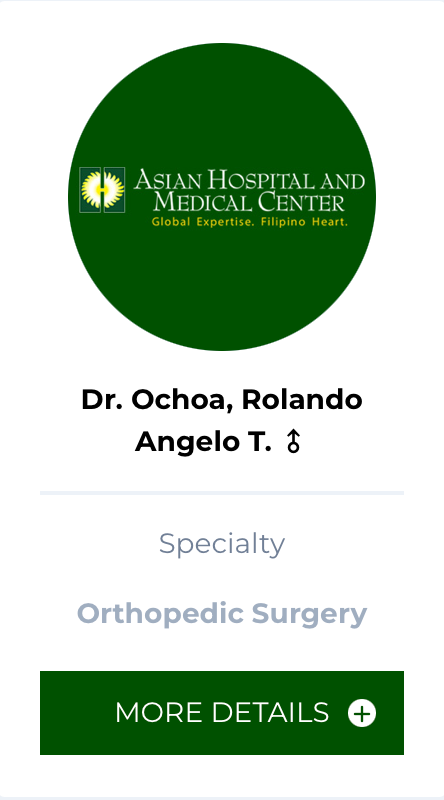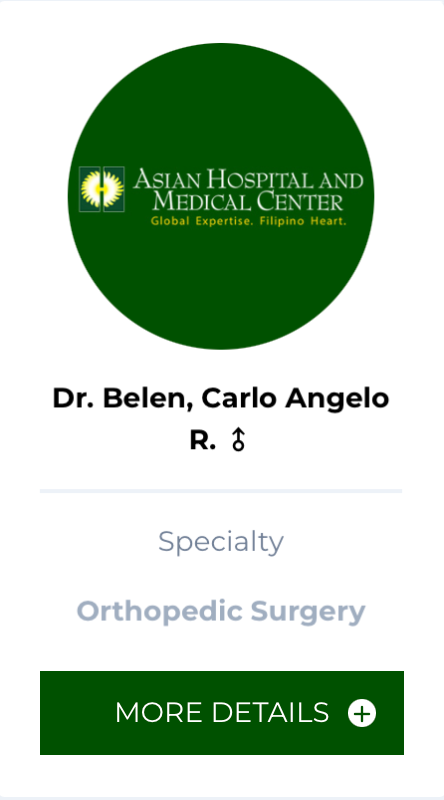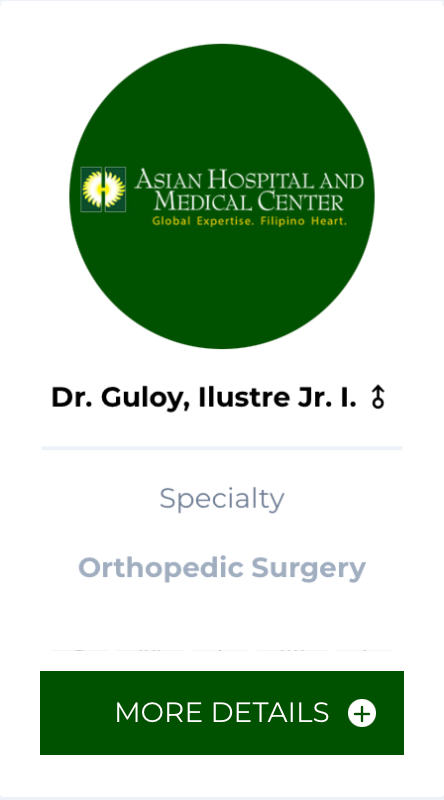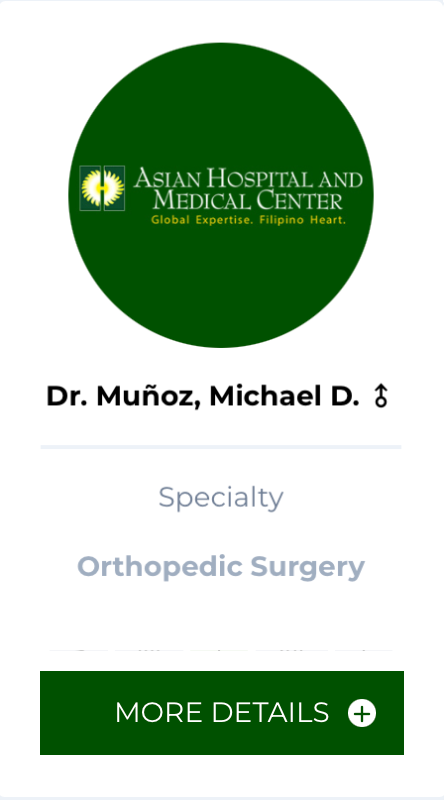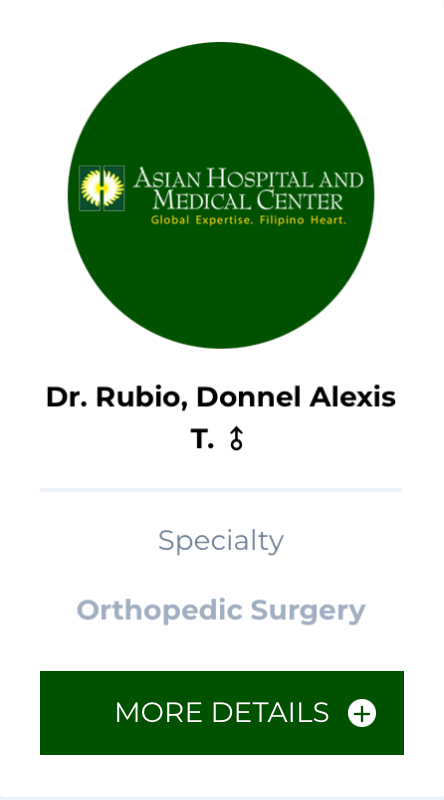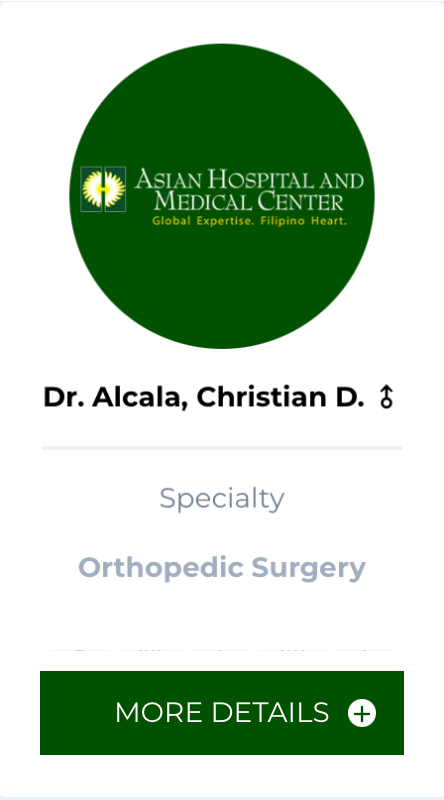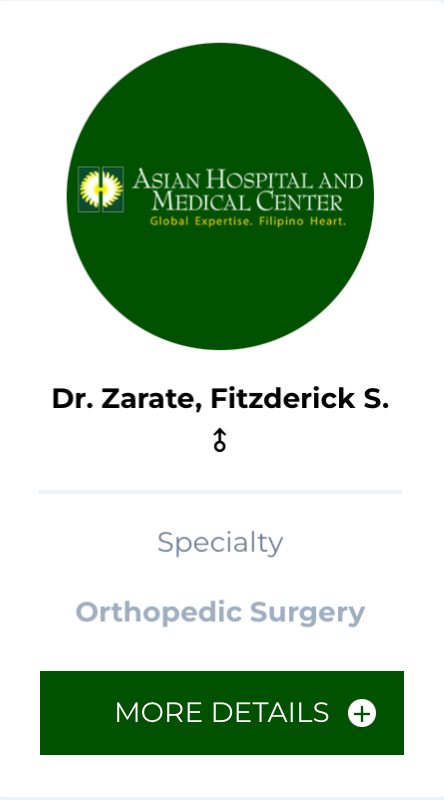Osteoarthritis (OA) is a debilitating disease that can put you in a wheelchair. Weight bearing joints, mainly the hips and the knees are majorly afflicted, and may significantly affect even your simple daily activities like rising up from a chair or taking a short walk. It is usually caused by “wear and tear” of the cartilage through aging. Family history, obesity and overuse of the weight bearing joint may also play a role in the development of OA. Other possible causes are previous injury, infection, avascular necrosis, developmental disorders. Basically, osteoarthritis is a chronic inflammatory process within the joint that causes recurrent pain and swelling.
Osteoarthritis starts with the cartilage breakdown of the joint. As the cartilage wears down, the bony ends thicken, forming spurs (osteophytes), causing ligament tightness, deformity and imbalance. This process leads to joint erosion, limitation of motion, difficulty in walking, which causes limping, and pain.
Osteoarthritis is a progressive disease. Symptoms worsens over time. Mild discomfort in the beginning becomes a debilitating pain lasting through the night. Stiffness results to limitations of motion. Smooth movements gives way to grinding as the cartilage wear advances. These symptoms results to inactivity leading to anxiety, depression and other medical illnesses such as hypertension, diabetes, osteoporosis and the like.
As hip and knee joint experts in AHMC, we provide a comprehensive approach to managing hip and knee OA. We start with a thorough evaluation of the patient through medical history taking, physical examination and diagnostic laboratory and radiologic tests. These exams will helps us in determining the severity of the patient’s condition.
The Osteoarthritis is staged based on the severity. And the cause determined. These will help in the treatment planning.
Early treatment of Osteoarthritis is usually non-surgical.
1. Lifestyle modifications and weight reduction: Helps reduce stress in the joint and slow down the progression of osteoarthritis.
2. Activity modifications: Can help reduce recurrence of painful flare-ups, avoidance of strenous activities such as jumping, running and the like. Low impact activities and muscle conditioning exercises will also help relieve the symptoms.
3. Physical therapy: Helps improve muscle strength within the joint. Specific exercises can help increase range of motion and flexibility. Heat pads may also be applied during the therapy.
4. Assistive devices: Walkers, canes, crutches and braces may also help ease the walking. They may also help to improve mobility and independence.
5. Medications: Pain relief is the major concern of the patient. Oral pain reliever with anti-inflammatory effect is the most ideal medication that we can give our patient unless, contraindicated. Various medications can be prescribed together with oral joint supplements.
6. Joint Injections: Corticosteroid injection mainly decreases the inflammation and eases the pain and swelling. Joint viscosupplement injections may also help relieve the symptoms and delay the progression of osteoarthritis.
At AHMC, we work hand in hand with our colleagues to provide holistic approach in treating arthritis. We collaborate with Rheumatology, Rehabilitation Medicine, Physical therapy as well as Pain Management teams when needed.
Even though there is no definitive cure for hip and knee osteoarthritis, except for joint replacement, there are treatment options to help you manage pain and remain active. The earlier you seek medical consultation and start treatment, the more likely it is that you can lessen its impact on your life.
Our goals are to relieve you from pain, bring you back to your daily activities, and regain quality of life.
Here at AHMC, we care for your well-being. We provide you with the state of the art facilities that provide quality healthcare for our patients.



